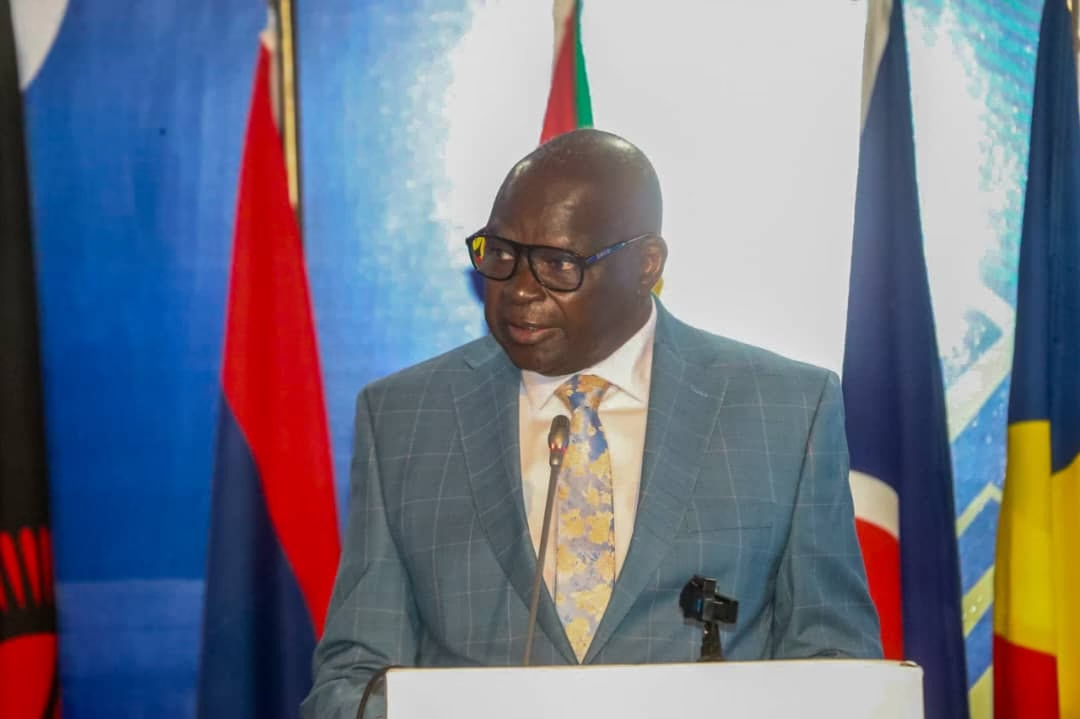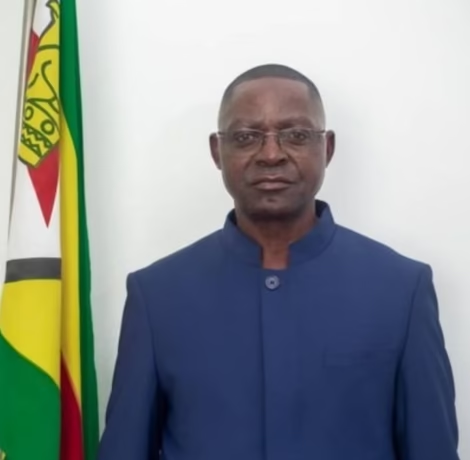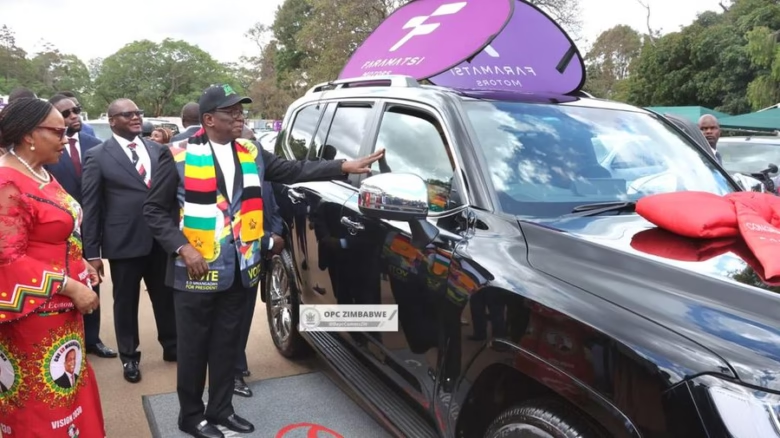
The Southern African Development Community (SADC) is at a critical crossroads as it confronts deepening challenges in the energy and water sectors. On 4 July 2025, ministers, experts, and development partners convened in Harare, Zimbabwe, for the Joint Meeting of Ministers Responsible for Energy and Water.
The meeting, co-chaired by Zimbabwe’s Ministers Honourable July Moyo and Honourable Dr. Anxious Masuka, provided a platform to reflect on the region’s pressing infrastructure and environmental constraints while renewing commitment to regional integration and sustainable development.
Zimbabwe’s Minister of Energy and Power Development, Honourable July Moyo, in his opening remarks, highlighted the urgency of the situation. He underscored the threat posed by population growth, aging infrastructure, vandalism, fuel smuggling, climate change, and insufficient investment. These challenges, he said, are severely hampering both energy production and water availability across the SADC region. Vandalism alone results in significant losses, with Zimbabwe losing approximately US$4 million annually from transformer theft and related damage. Additionally, rising water pollution and non-revenue water issues are making the sector increasingly unviable.
SADC Executive Secretary Mr. Elias Magosi echoed these concerns, stressing that water and energy insecurity are now threatening the region’s industrialisation goals and sustainable development aspirations as outlined in the SADC Industrialisation Strategy and Africa’s Agenda 2063. While progress has been recorded, such as the commissioning of 2,885 megawatts of new generation capacity between 2024 and 2025, major gaps remain. The region continues to experience a 4,509MW power deficit across its nine interconnected member states due to hydropower shortfalls induced by El Niño, poor transmission infrastructure, and low availability of existing plants.
Zimbabwe is among the countries grappling with acute energy shortages. Despite an installed capacity of 2,962MW, only 1,200 to 1,600MW is reliably available, against a peak demand of 2,000MW. This gap has led to regular load shedding that mainly affects rural communities and small enterprises. The country’s energy mix is still heavily reliant on coal (56.7%) and large hydro (35.4%), with renewables accounting for only 7.8%. National electrification remains low, with only 62% of the population having access to power. However, Zimbabwe is pushing to bridge this gap by 2030 through a raft of new projects and policies, including its recently approved Energy Compact, which forms part of the broader African Union-endorsed Mission 300 initiative.
The Mission 300 framework, celebrated earlier this year at a summit in Tanzania, aims to accelerate access to clean energy and promote the use of new technologies in cooking and power systems. Tanzania was commended for connecting eight million people to electricity in just two years. Zimbabwe’s commitment under Mission 300 includes installing 1.2 million solar home systems by 2030 and deploying solar-powered boreholes in 35,000 villages and 10,000 rural institutions as part of the Presidential Rural Development Initiative. In addition, local pension funds have begun backing green infrastructure, with investments such as the US$30 million Centragrid Nyabira Solar Park (25MW) and the NRZ Pension Fund’s rooftop solar rollout (5.3MW), signalling a shift toward innovative domestic financing.
Regional integration remains at the core of SADC’s response strategy. Ministers and stakeholders agreed on the importance of expanding the Southern African Power Pool (SAPP) to include Angola,
Malawi, and Tanzania, currently the only three mainland states not yet connected. The Malawi, Mozambique interconnector is expected to be commissioned by the end of 2025, and efforts are also underway to improve interconnection through projects such as ZIZABONA (Zimbabwe, Zambia, Botswana, Namibia), Angola, Namibia, and the Inga III Transmission Line. These projects aim to relieve congestion, improve transmission efficiency, and enable broader energy trading.
In the petroleum sector, regional leaders emphasised the need to complete and expand cross-border pipelines, including the South Africa–Botswana Oil Products Pipeline (BOPP) and the Beira–Harare pipeline extension into Zambia and the DRC. These infrastructure developments reflect the spirit of pan-African solidarity and offer a chance to reduce fuel transport costs while promoting energy security.
The water sector, though less visible, is equally under strain. Currently, only 71% of the region’s population has access to safe drinking water, and just 40% to adequate sanitation. Severe droughts, pollution, and rapid urbanisation are placing unsustainable pressure on existing water systems. Projects such as the Lesotho Highlands Water Project Phase II, the Songwe River Basin Programme, and the Lesotho–Botswana Water Transfer Project aim to address these shortfalls. Meanwhile, 24 groundwater grant projects across 13 member states are currently supplying safe water to over 600,000 people in rural and underserved areas.
SADC’s Water Sector Regional Strategic Action Plan Phase V (2020–2025) targets an increase in water and sanitation access to 75% by 2027 and seeks to expand irrigated land from 7% to 20%. Ministers called for increased investment in climate-resilient infrastructure, early warning systems, transboundary water management, and public-private partnerships. There was also consensus on the urgent need to scale up climate-smart technologies, improve recycling, and treat water as a strategic asset essential to regional peace and development.
The meeting further emphasised the need for harmonised policy and regulatory frameworks to support a unified regional energy market and coordinated water governance. To this end, eight member states have already signed the Agreement Amending the Protocol on Energy. Regional bodies are also working on operationalising the Regional Transmission Infrastructure Financing Facility (RTIFF), developing a Just Energy Transition Framework, and preparing the SADC Water Policy Review.
Honourable Ministers agreed that Harare must mark a decisive turning point, a platform for transforming commitments into tangible outcomes. The decisions made in Zimbabwe should catalyse transformative action and investment that will not only enhance energy and water security but also uplift millions of SADC citizens.
In his conclusion, Minister Moyo aptly summarised the collective aspiration: “The Africa We Want, and the SADC We Want, is one where there is energy and water security, where prosperity is inclusive, and where our energy and water resources are sustainably managed.” If the status quo does not improve, he warned, SADC’s vision for industrialisation and development risks remaining an unfulfilled dream. The call is clear: now is the time to act boldly and decisively.




